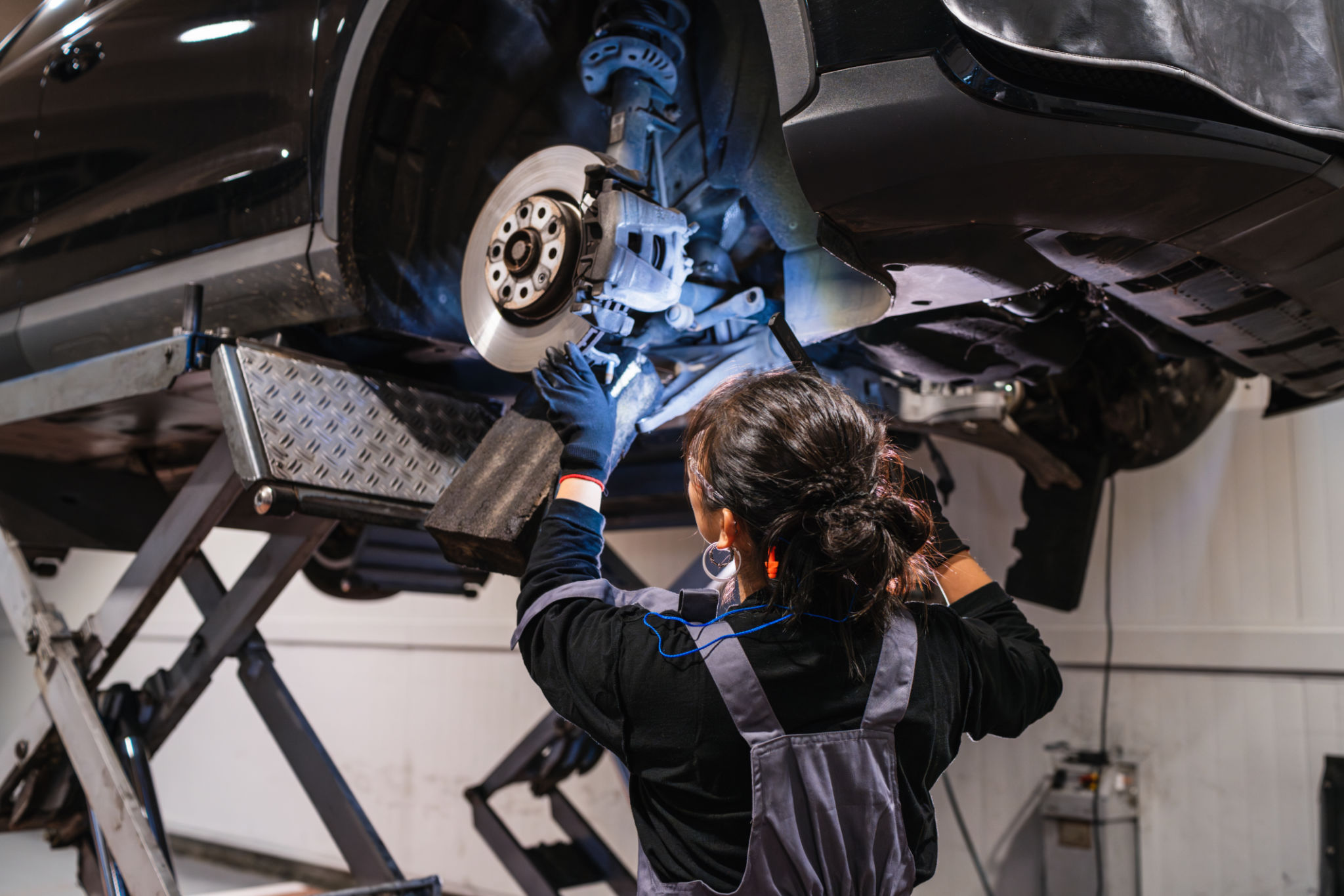Avoiding Common Pitfalls in Car Shipping: What to Know Before You Book
Understanding the Basics of Car Shipping
Car shipping can seem like a daunting task, especially for first-timers. Whether you're relocating, purchasing a vehicle from out of state, or attending a car show, understanding the basics of car shipping is crucial. The process involves hiring a professional service to transport your vehicle from one location to another, either on an open or enclosed carrier.
Before diving into the process, it's essential to research and choose a reputable car shipping company. Look for companies with positive reviews, proper licensing, and insurance coverage to protect your vehicle during transit. This initial step can help prevent many common pitfalls and ensure a smooth experience.

Choosing the Right Shipping Method
One of the most significant decisions you'll make is choosing between open and enclosed transport. Open transport is more cost-effective and widely used, but it exposes your vehicle to the elements. Enclosed transport offers more protection but comes at a higher price. Consider your vehicle's value and condition when making this decision.
It's also essential to decide between terminal-to-terminal and door-to-door service. Terminal-to-terminal requires dropping off and picking up your car at designated locations, while door-to-door offers more convenience by delivering directly to your specified address.

Understanding Pricing and Insurance
Car shipping costs can vary greatly depending on several factors, including distance, vehicle size, and chosen transport method. To avoid surprises, request quotes from multiple companies and compare their services. Remember that the cheapest option may not always be the best, as quality and reliability should be your priority.
Insurance is another critical aspect to consider. Most reputable carriers offer basic coverage, but it's wise to verify the extent of this insurance. Consider purchasing additional coverage if necessary to ensure comprehensive protection for your vehicle during transit.
Preparing Your Vehicle for Shipping
Before handing over your keys, prepare your vehicle for shipping. Remove all personal belongings and ensure the gas tank is no more than a quarter full to reduce weight. Disable alarms and fold in mirrors if possible. Document the condition of your vehicle by taking photos from various angles to have a record in case of any issues.

Communicating with Your Carrier
Effective communication with your carrier is vital for a successful car shipping experience. Confirm pickup and delivery dates and times, and keep contact information handy for any contingencies. A good shipping company will provide updates throughout the process, keeping you informed of your vehicle's status.
If there are any changes or concerns, don't hesitate to reach out to your carrier immediately. Clear communication can prevent misunderstandings and ensure a hassle-free experience.
Inspecting Upon Delivery
Once your vehicle arrives at its destination, perform a thorough inspection before accepting delivery. Compare the current state with the photos you took prior to shipping to identify any damage that may have occurred during transit. If you notice any issues, document them immediately and report them to the carrier for resolution.

By following these guidelines and being aware of common pitfalls, you can ensure a smooth and successful car shipping experience. Taking the time to research and prepare can save you from potential headaches and ensure that your vehicle arrives safely at its new destination.